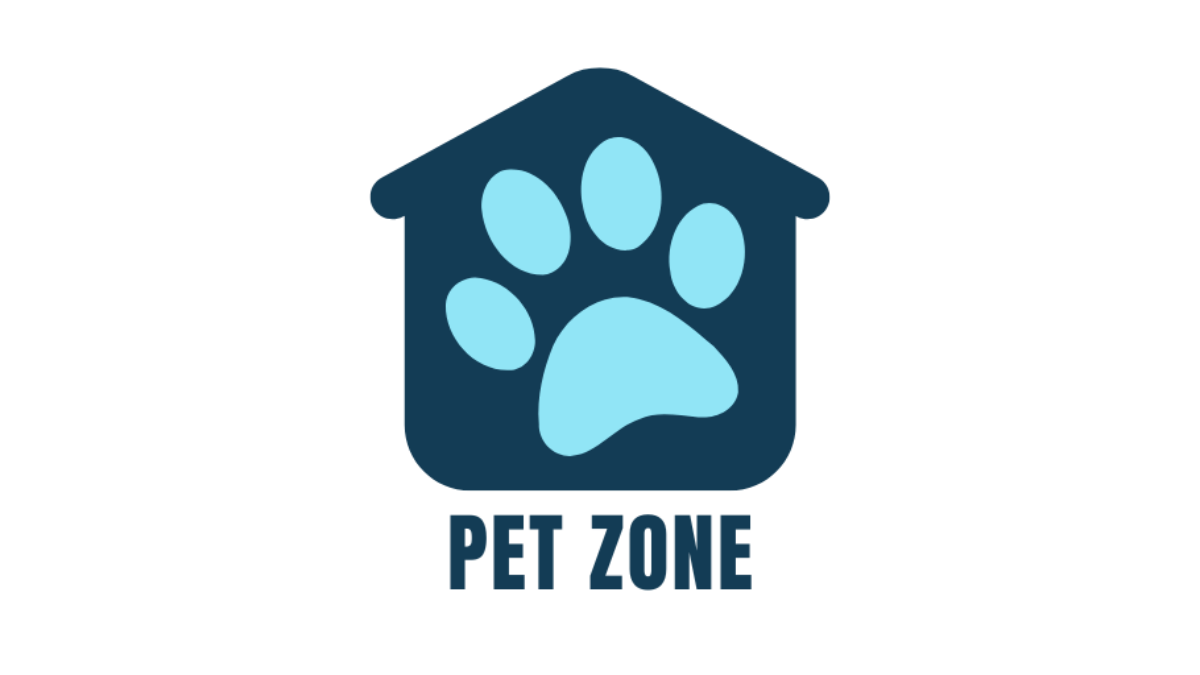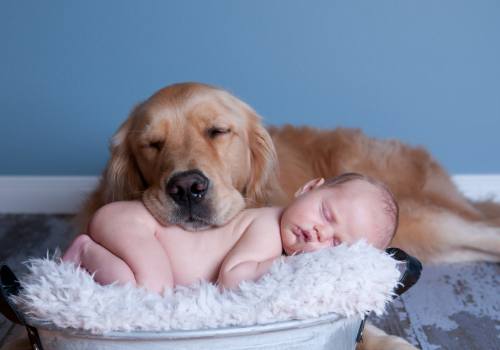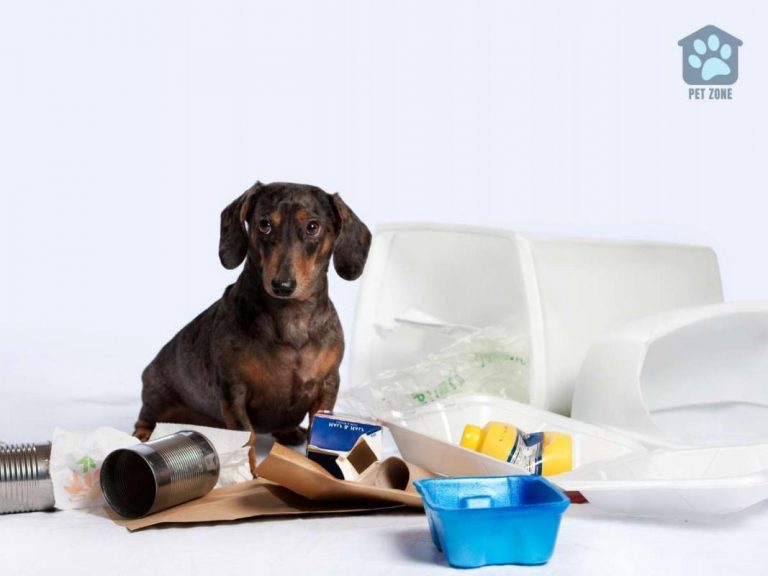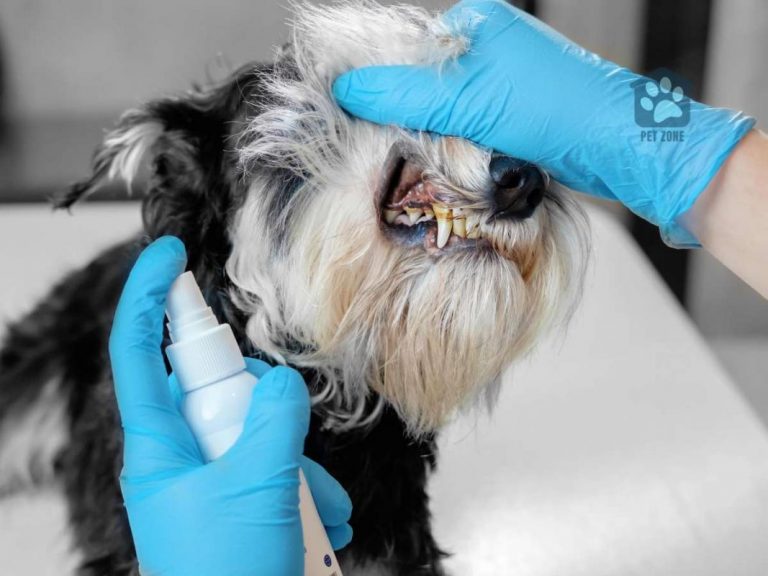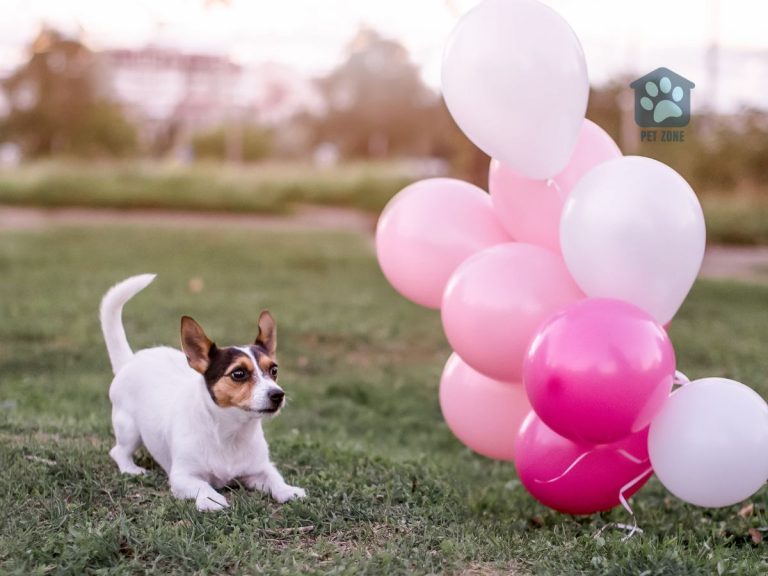Estimated reading time: 5 minutes
Dogs have long been considered man’s best friend, but they are also known for their incredible bond with the youngest members of our families. So, why do dogs protect babies?
The Pack Mentality
To understand this behavior, we must first look at the pack mentality of dogs. Dogs are pack animals, and they have a natural inclination to form close bonds with their pack members, whether they are other dogs or humans.
Bonding and Loyalty
One reason why dogs protect babies is the strong bond they form with their human families. Dogs are incredibly loyal creatures, and once they form a bond with someone, they will do anything to protect them.
Instincts and Natural Behavior
Dogs also have natural instincts to protect the vulnerable members of their pack. When a dog sees a baby, their instincts tell them that this small, helpless creature is a member of their pack and requires protection.
Understanding Canine Behavior
To better comprehend why dogs protect babies, we need to delve deeper into canine behavior.
Socialization
The process of socialization is crucial for dogs, and it begins at a young age. It helps them learn how to interact with other animals and humans, including babies.
Through proper socialization, dogs develop essential social skills, which enable them to understand and respond appropriately to various situations. This creates a foundation for a healthy relationship with babies and other members of the family.
Communication
Dogs communicate with one another and with humans through a combination of body language and vocalizations.
Body Language
Dogs use their body language to express emotions and intentions. A dog that is protecting a baby will likely display alert and defensive body language, such as standing tall, ears perked, and tail held high.
Vocalizations
A dog’s vocalizations can range from barks and growls to whines and howls. When protecting a baby, a dog might growl or bark to warn off potential threats.
These vocalizations serve as an effective deterrent, signaling to the potential threat that the dog is prepared to defend the baby, while also alerting nearby humans to the potential danger.
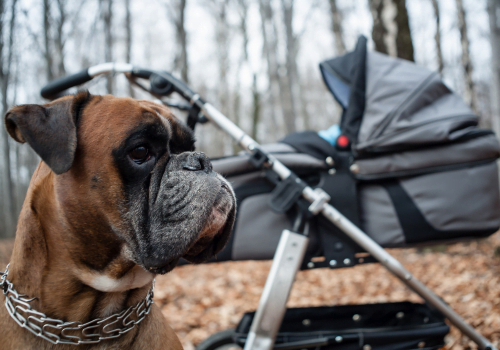
The Benefits of Dogs and Babies Growing Up Together
There are several advantages to having a dog and a baby grow up together.
Emotional Development
Dogs can provide emotional support and companionship for babies, promoting their emotional development.
Social Skills
Babies who grow up with dogs may develop better social skills, as they learn how to interact with another living being from an early age.
Enhanced Immunity
Studies have shown that babies who grow up with dogs are less likely to develop allergies and may have stronger immune systems.
Tips for a Safe and Happy Relationship
There are several steps you can take to ensure a safe and harmonious relationship between your dog and baby.
Proper Introductions
Introduce your dog to the baby gradually, allowing them to sniff and get used to the baby’s scent before allowing closer interaction. This will help your dog become familiar with the baby’s presence and understand the appropriate behavior around them.
Supervision
Always supervise interactions between your dog and baby, especially during the early stages of their relationship. If you notice any signs of stress or discomfort from either your dog or your baby, intervene immediately to prevent any escalation.
Setting Boundaries
It is important to establish boundaries between your dog and the baby to ensure both parties remain safe and comfortable. Here are some tips to help you set clear boundaries.
- Create separate spaces: Designate specific areas for your dog and your baby within your home. This can include separate sleeping areas, play areas, and feeding stations. By doing so, you allow both your dog and your baby to have their own personal space, reducing the chances of unwanted encounters or conflicts.
- Teach your dog to respect the baby’s space: Train your dog to understand that the baby’s area is off-limits without permission. Use positive reinforcement, such as treats and praise, to reward your dog for respecting boundaries.
- Use baby gates or barriers: Installing baby gates or barriers can help physically separate your dog and your baby when needed, ensuring a safe distance is maintained.
Training and Discipline
Training your dog is essential for maintaining a safe and happy relationship with your baby. Teach your dog basic commands such as “sit,” “stay,” and “leave it” to ensure they understand when to give the baby space. Reward your dog for displaying calm and gentle behavior around your baby, reinforcing the idea that such behavior is desired and appreciated.
Conclusion
In conclusion, dogs protect babies due to their pack mentality, strong bonds with their human families, and natural instincts to protect vulnerable members of their pack. By understanding canine behavior, we can appreciate and nurture the special bond between dogs and babies.
FAQ Section
Can all dog breeds protect babies?
While some dog breeds may have a stronger protective instinct than others, most dogs have the potential to protect babies when they form a strong bond with them.
Is it safe to leave my dog alone with my baby?
It is always best to supervise interactions between your dog and baby, as even well-behaved dogs can become unpredictable in certain situations.
How can I ensure my dog and baby develop a strong bond?
Encourage positive interactions between your dog and baby by gradually introducing them, providing a safe environment for them to interact, and reinforcing good behavior.
What should I do if my dog shows aggression towards my baby?
If your dog shows aggression towards your baby, seek the help of a professional dog trainer or behaviorist to address the issue and ensure the safety of your baby.
How can I prepare my dog for the arrival of a new baby?
Before the baby arrives, begin gradually introducing your dog to the baby’s scent and create a calm, positive environment for the dog to associate with the baby.
